Flowering rush identification and control
Information about the noxious weed flowering rush. Flowering rush is also known by its scientific name, Butomus umbellatus.
About this weed
Flowering rush is a regulated Class A noxious weed. This means eradication is required state-wide.
It is also on the Washington quarantine list, and it is illegal to buy, sell, or offer it for sale in the state.
Flowering rush is known as Butomus umbellatus and it is in the flowering rush family. Other names for this plant are grassy rush and water gladiolus.
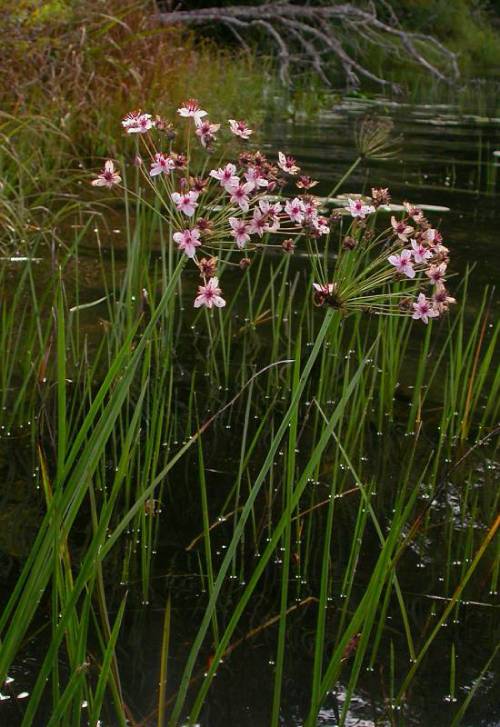
Why it's a noxious weed
- Flowering rush competes with native wetland and shoreline vegetation and can crowd out more desirable species.
- It impacts both the ecological and recreational values of shallow water and shorelines.
- Flowering rush has proven very challenging to remove once it is established.
- Native to Eurasia, flowering rush was introduced first to the eastern United States and Canada as an ornamental and continues to be brought into the country as an ornamental.
- It has spread to large areas of Canada and the northern United States, so its potential impact is already known.
Plant description
Flowering rush is an aquatic plant found along lake shores and slow-moving rivers, and in water up to 9 feet deep. Although it resembles a true rush, flowering rush is in its own family and can be distinguished by its attractive cherry-blossom-like pink flowers.
-
Flowering rush is a perennial (plants that have a 2+ year life cycle) aquatic plant that grows both submerged and emergent.
-
Leaves of the plant are thin, straight, sword-shaped, triangular in cross-section, and up to 1 meter long.
-
Cherry-blossom-like flowers grow on tall (up to 1.5 m), cylindrical stalks in round-topped umbrella-like clusters of 20-50 flowers.
-
Flowers have three large pink petals (the three sepals under the petals are also pink and look like small petals).
-
Bloom time is for flowering rush is June to August. However, despite the plant’s common name, it is often not in flower.
-
In deeper water, the plant grows submerged with floating leaves.
-
Flowering rush resembles bulrushes and true rushes when not in flower.
-
Bulbils (little bulb-like plant sprouts) may be present at the base of flower stalks and at the roots.
-
Rhizomes (root system that spreads outwards and can grow new stems) of the plant are fleshy and grow trailing along the ground.
-
Flowering rush reproduces through viable seed, rhizome fragment, and dispersal of bulbils.
Native to Eurasia, flowering rush was introduced first to the eastern United States and Canada as an ornamental and continues to be brought into the country as an ornamental plant.
It has spread to large areas of Canada and the northern United States. It is currently known from only a few locations in western Washington State, including a large infestation on Silver Lake in Whatcom County, Washington.
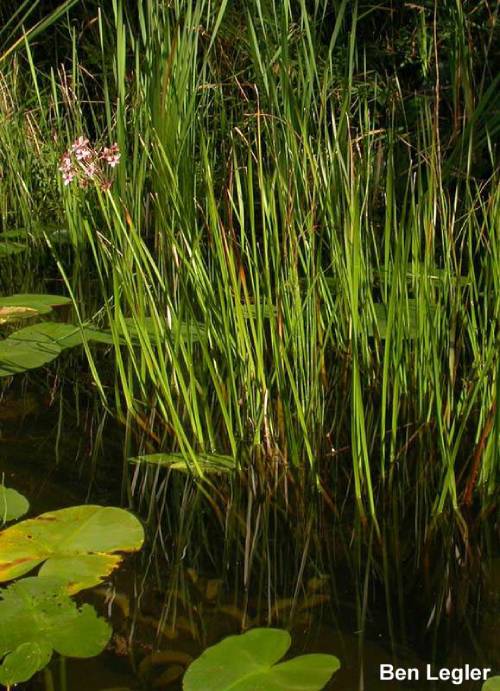
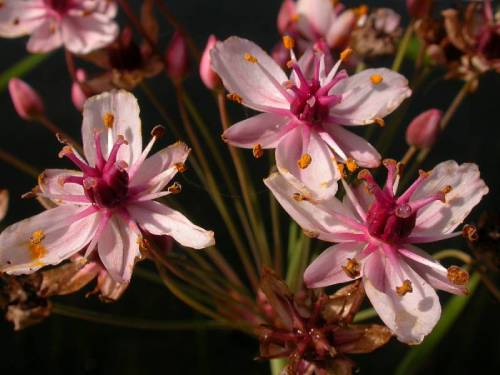

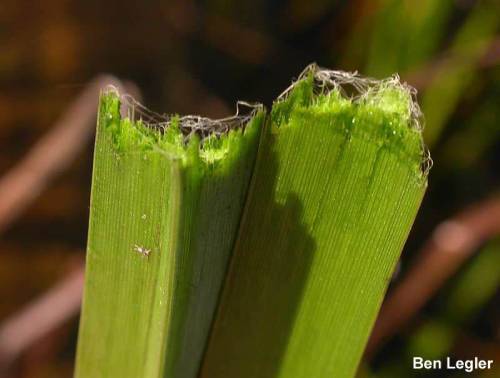
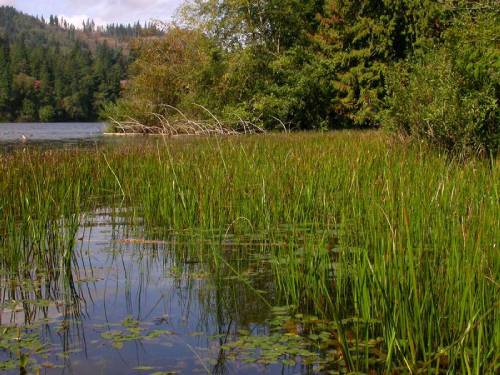
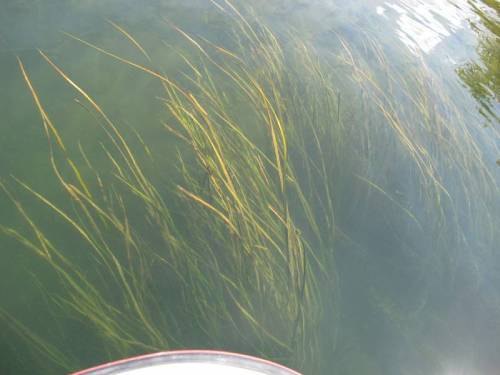
Be aware of look-alike plants
Flowering rush can be difficult to identify when not in flower. Because of this, sometimes it is best to wait until the plant is budding or flowering to identify it. The plant looks like bulrushes and true rushes. The plant’s leaves can also look similar to bur-reed (Sparganium spp.).
When in doubt, take photos and share them with us or report them on iNaturalist.
What to do if you find it
Property owners are required to control flowering rush on lands that they manage. Please notify us if you see flowering rush growing in King County. Our program staff can provide the property owner or appropriate public agency with site-specific advice on how best to remove it. We map all known locations of regulated noxious weeds such as flowering rush in order to help us and others locate new infestations in time to control them.
This plant is often distributed through movement of watercrafts and water related equipment. Make sure you inspect your watercraft at the boat launch before entry and after exit to avoid spreading any invasive or nuisance aquatic plants or animals. See King County’s boating information web page for more information.
Control methods
We recommend using a combination of methods to control noxious weeds. In areas with few weeds, it is important to act quickly before they become harder to control. Make a long-term plan as it often takes several years to get rid of most weeds. Start in the least infested areas first and then move into more heavily infested areas.
Prevention
Flowering rush is sometimes sold for water gardens, so be careful to check the Latin names of plants you are buying to avoid introducing this species. When flowering rush is present on a site, take care not to disturb the soil as this will spread rhizome bulbils and fragments. Also, remove plants before they seed to prevent spread and do not allow any pulled plant material to return to the water.
Manual control
If the infestation is small, flowering rush can be carefully dug up. Care needs to be taken to avoid spreading bulbils present at the roots and at the base of the flower clusters. Follow disposal instructions included lower on this page, and throw dug-up plants away in garbage.
Chemical control
Stay safe when using herbicide:
- Always read the label before use.
- Wear a long-sleeved shirt, long pants, shoes, and eye protection.
- Follow state and local regulations.
With larger patches, chemical control might be the best option. Controlling this species is very challenging due to its many ways of reproducing. Testing is being done to determine the most effective chemical treatment for this species. Preliminary testing reported by Minnesota Department of Natural Resources suggests that treating with imazapyr in mid-summer during calm wind conditions may be effective.
Avoid spraying where there is a chance that herbicide will enter a waterway or wetland unless you are using a state-approved aquatic herbicide and have the required permits and licenses to do so. Use of pesticides in water is regulated in Washington state. See Washington Department of Ecology Aquatic Pesticide Permits for details.
For more information or a site-specific recommendation in King County, contact the noxious weed program. For information in other locations, contact your local weed board or extension office.
For information in other counties in Washington state, contact your local weed board or your local cooperative extension office.
Disposal instructions
To prevent further spreading or resprouting, plant material from regulated weeds such as floating primrose-willow, should be disposed of in the garbage.
Noxious Weed Disposal - Washington State Noxious Weed Control Board

 Translate
Translate